Manasija Monastery is a medieval monastery located in Serbia, near the town of Despotovac. Its origin dates back to the 15th century, when it was built by the despot Stefan Lazarević.
Despot Stefan Lazarević was the son of prince Lazar Hrebeljanović, who died in the battle in Kosovo in 1389. Stefan inherited his father's territory and became the despot of Serbia, and he was known for his military and diplomatic abilities.
Manasija was built between 1407 and 1418, as an endowment of Stefan Lazarevic. It is located in a gentle valley between the Kučaj and Rtnja mountains, at the place where the Resava and Trstena rivers meet. The monastery was built in a typical Serbian style, with stone walls and tall stone towers at the corners.
The monastery had great cultural and spiritual significance in the Serbian Middle Ages. It housed manuscripts, icons and other religious artifacts. Manassia was also famous for its monks who were engaged in literature and translating works of classical Greek literature.
The monastery survived many wars and invasions, including the Turkish invasion of Serbia. During the Turkish occupation, the monastery was deserted and abandoned, but it came to life again in the 19th century when it was rebuilt.
Today, Manasija is one of the most visited monasteries in Serbia and represents an important cultural and historical monument. Its architecture, icons and manuscripts attract tourists and people who want to get acquainted with Serbian culture and history. Manasija Monastery is a symbol of Serbian spirituality and cultural heritage, which is preserved and nurtured through generations.
The Manasija Monastery in Serbia has a long history and a rich cultural heritage, but in addition to historical facts, there are also many legends associated with this monastery.
One of the most famous legends tells about how Manassia was created. According to this legend, Stefan Lazarević came across this location while hunting wild boars, and was delighted by its beauty, he decided to build a monastery on that spot. Legend has it that an angel appeared to Stefan in a dream and told him to build a monastery in that place.
Another legend is related to the main builder of Manasija, known as Radul, who was a slave and was in charge of building the church. According to legend, Radul was a very bad builder and could not build the church that Stefan wanted. Stefan then threw him in prison, but Saint Petka appeared to him in a dream and gave him advice on how to build a church. When Radul woke up, he applied the advice Saint Petka gave him in a dream and managed to build a church that satisfied Stefan.
There is also a legend about how Manasia survived the Turkish invasions and conquests. Legend has it that the monk Theodosius, when he saw that the Turks were approaching Manassia, hid gold, valuables and all the manuscripts in the walls of the monastery. When the Turks came, they tried to find the treasure, but failed, and so Manassia survived unscathed.
There is also a legend about how Manasija became the center of Serbian culture and art. Legend has it that the monks in Manasija were very educated and that by translating Greek classical works into the Serbian language, they contributed to the development of Serbian literature and art.
These and other legends related to Manasija are preserved and passed down through the generations, contributing to the rich history and culture of this monastery. Regardless of whether these legends are true or not, they are part of Serbian culture and heritage, and contribute to the preservation and promotion of Manasija as an important cultural and historical monument.
Today, Manasija Monastery is an important cultural, historical and religious monument of Serbia. The monastery is open to visitors, who can tour it and learn about its rich history and culture.
Manasija is included in the UNESCO list of world cultural heritage as part of the "Medieval Serbian Monasteries" monument together with other Serbian monasteries such as Studenica, Sopoćan and Mileseva.
The monastery was built in the style of the Serbian Moravian school, which is characteristic of the 14th and 15th centuries in Serbia. In Manasija, there are numerous frescoes and icons that were created in the period from the 15th to the 17th century, and some of them are real masterpieces of Serbian medieval art.
In addition to its cultural and historical significance, the Manasija Monastery is also an active religious place, where daily services and prayers are held. Many Christians come to Manassia on pilgrimage to worship the holy places and feel the spiritual closeness.
Therefore, Manasija Monastery is still an important symbol of Serbian culture, history and spirituality. With its imposing architecture, works of art and spiritual atmosphere, Manasija is an unmissable destination for all those who want to get to know Serbian culture and history or to get closer to their spirituality.
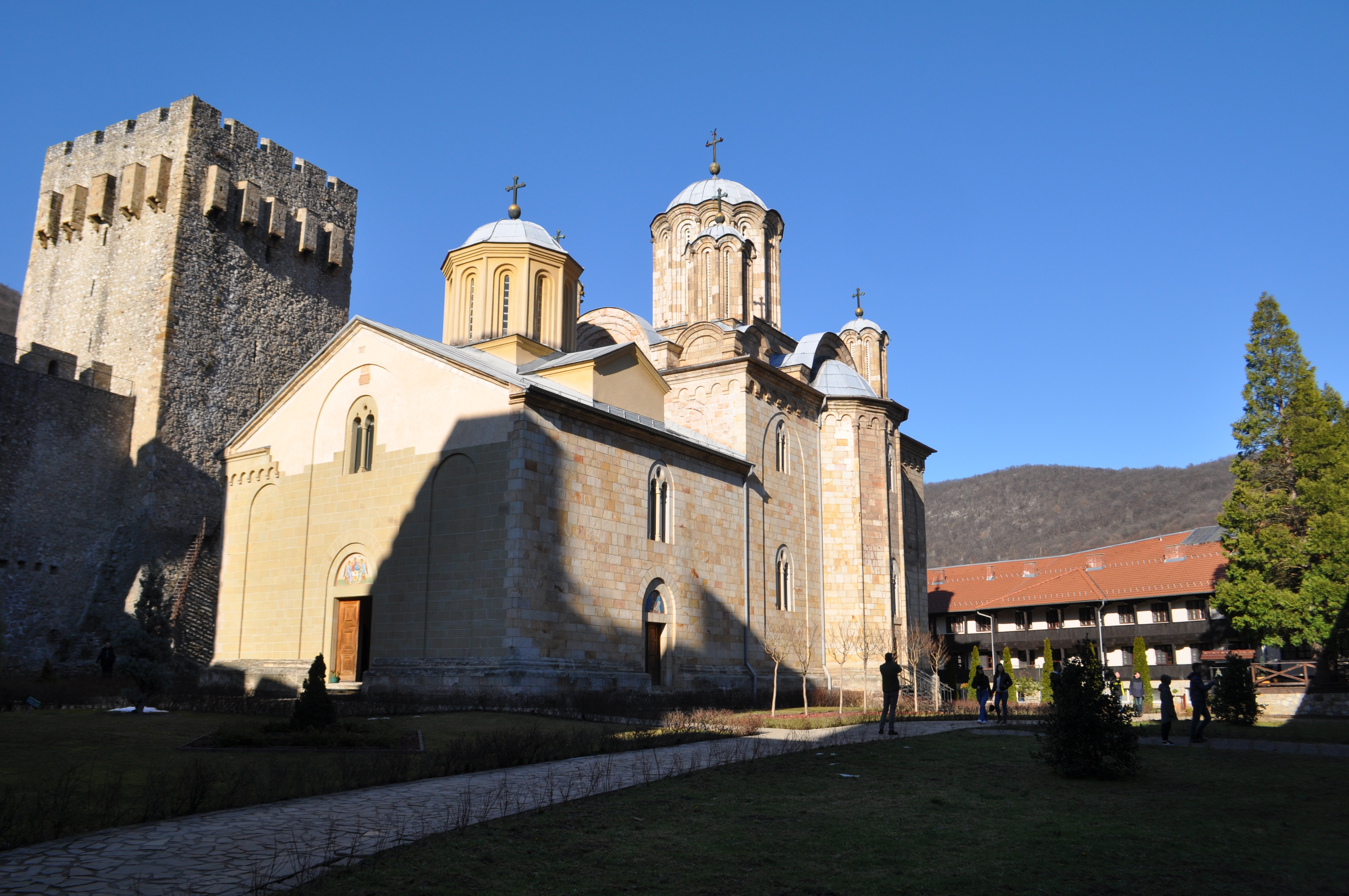

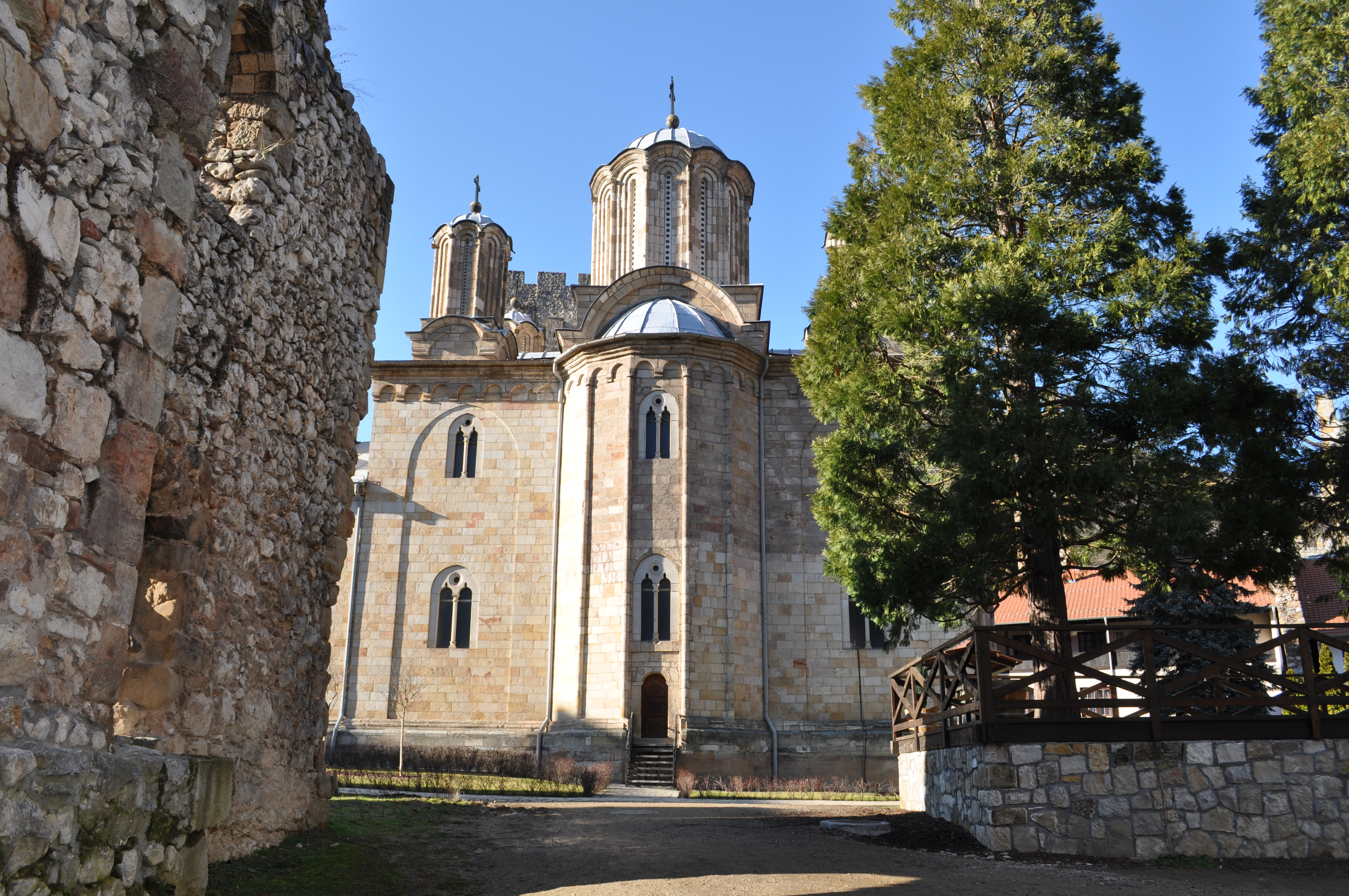

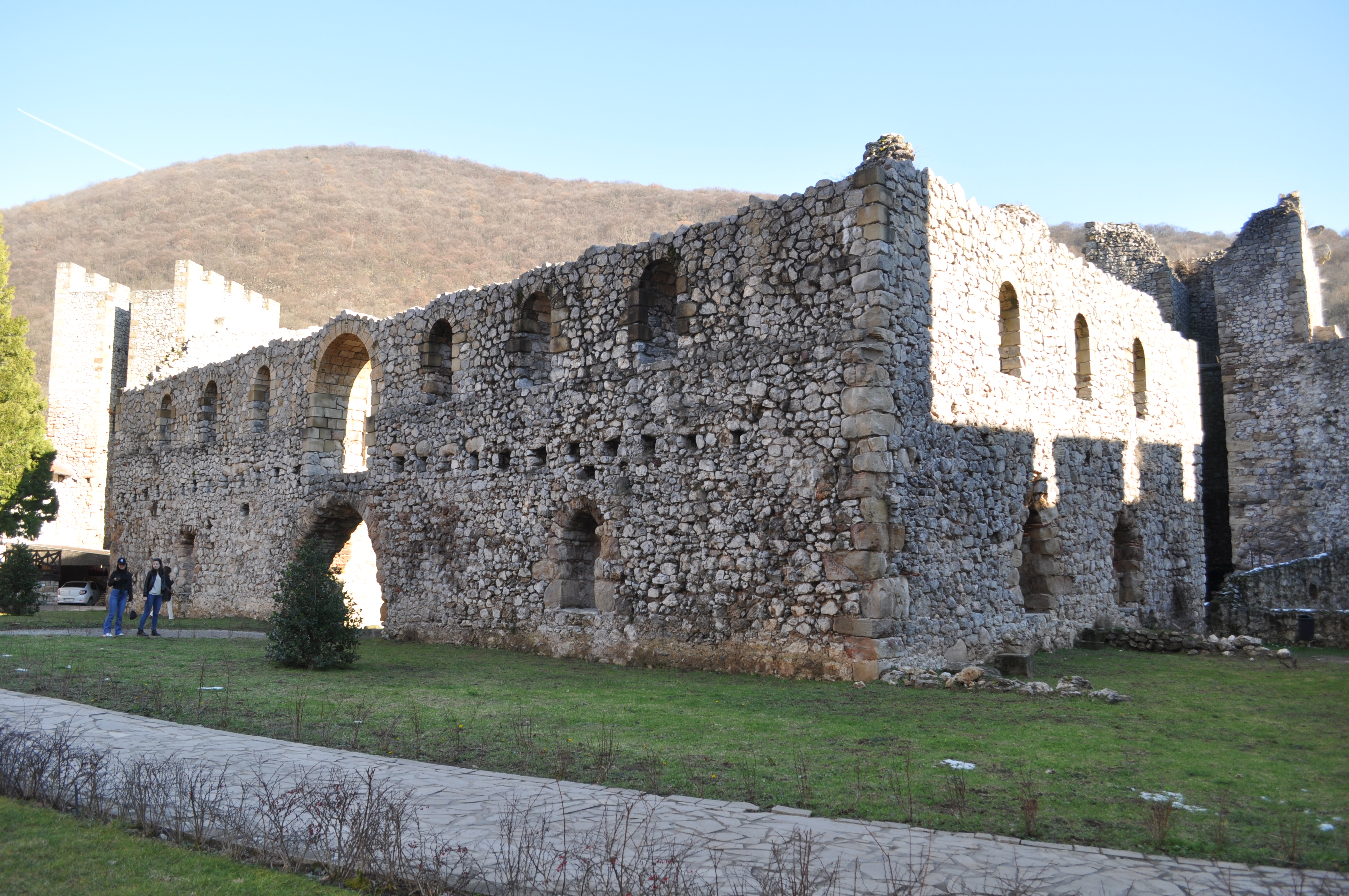



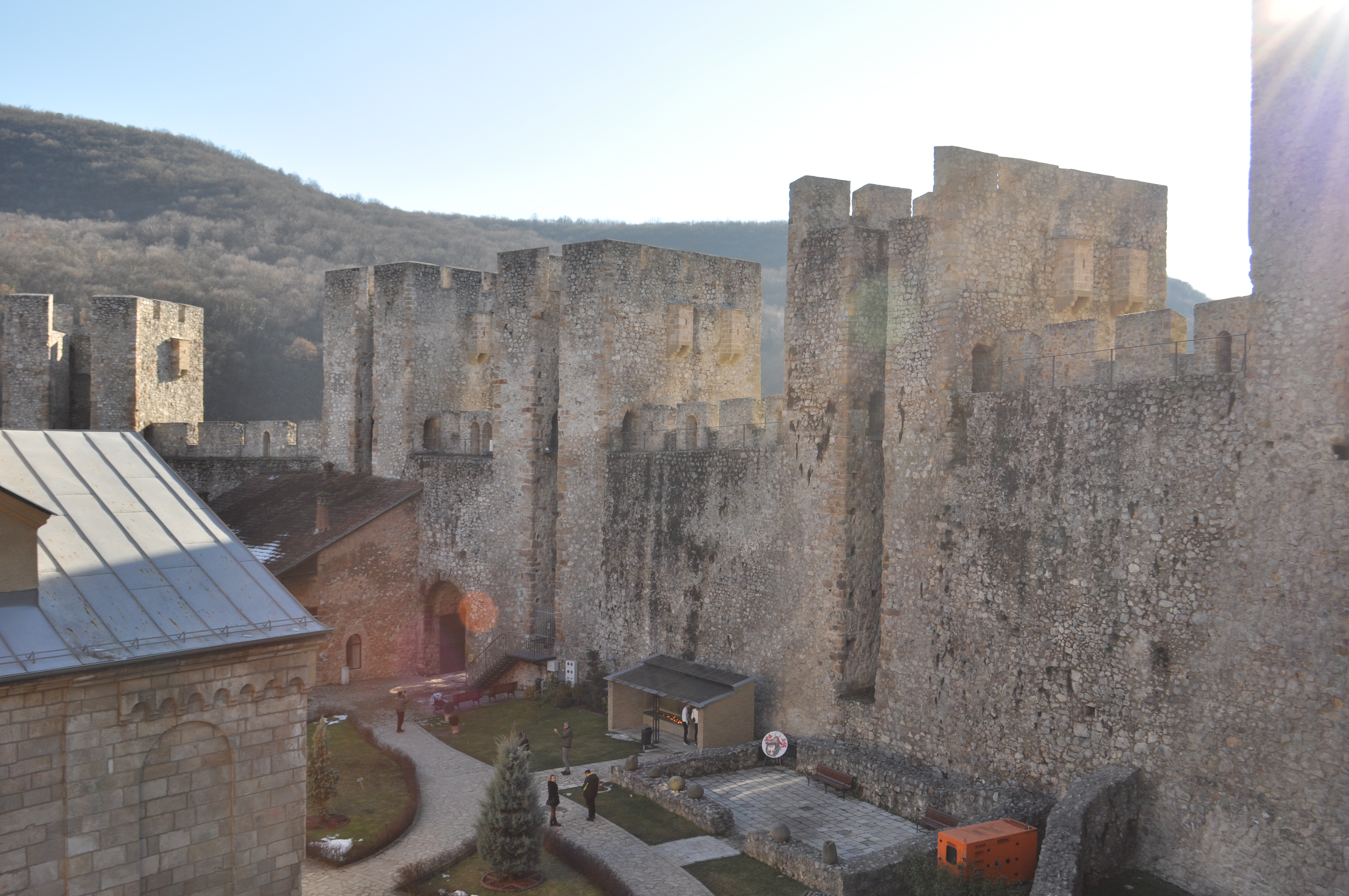











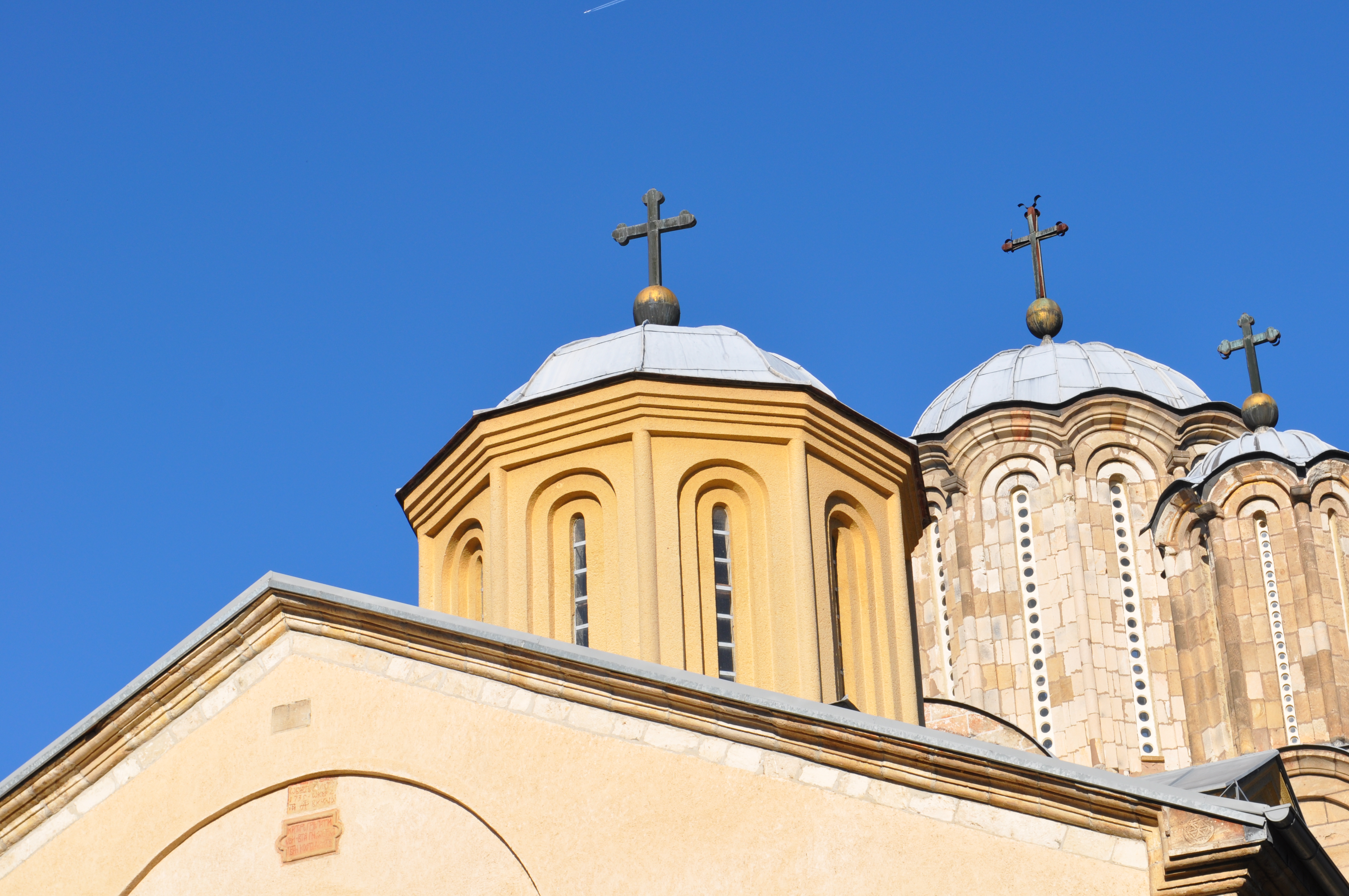
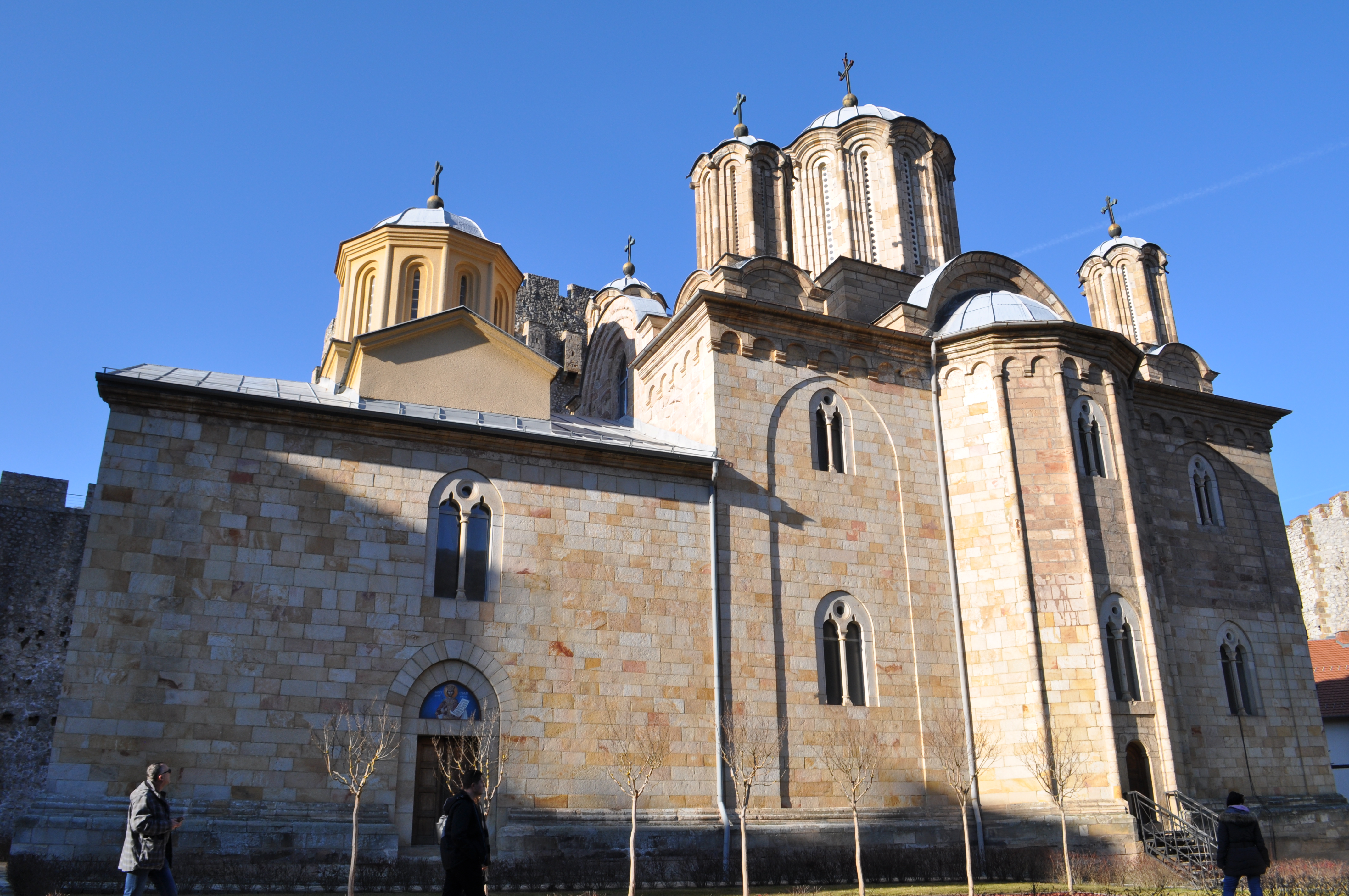

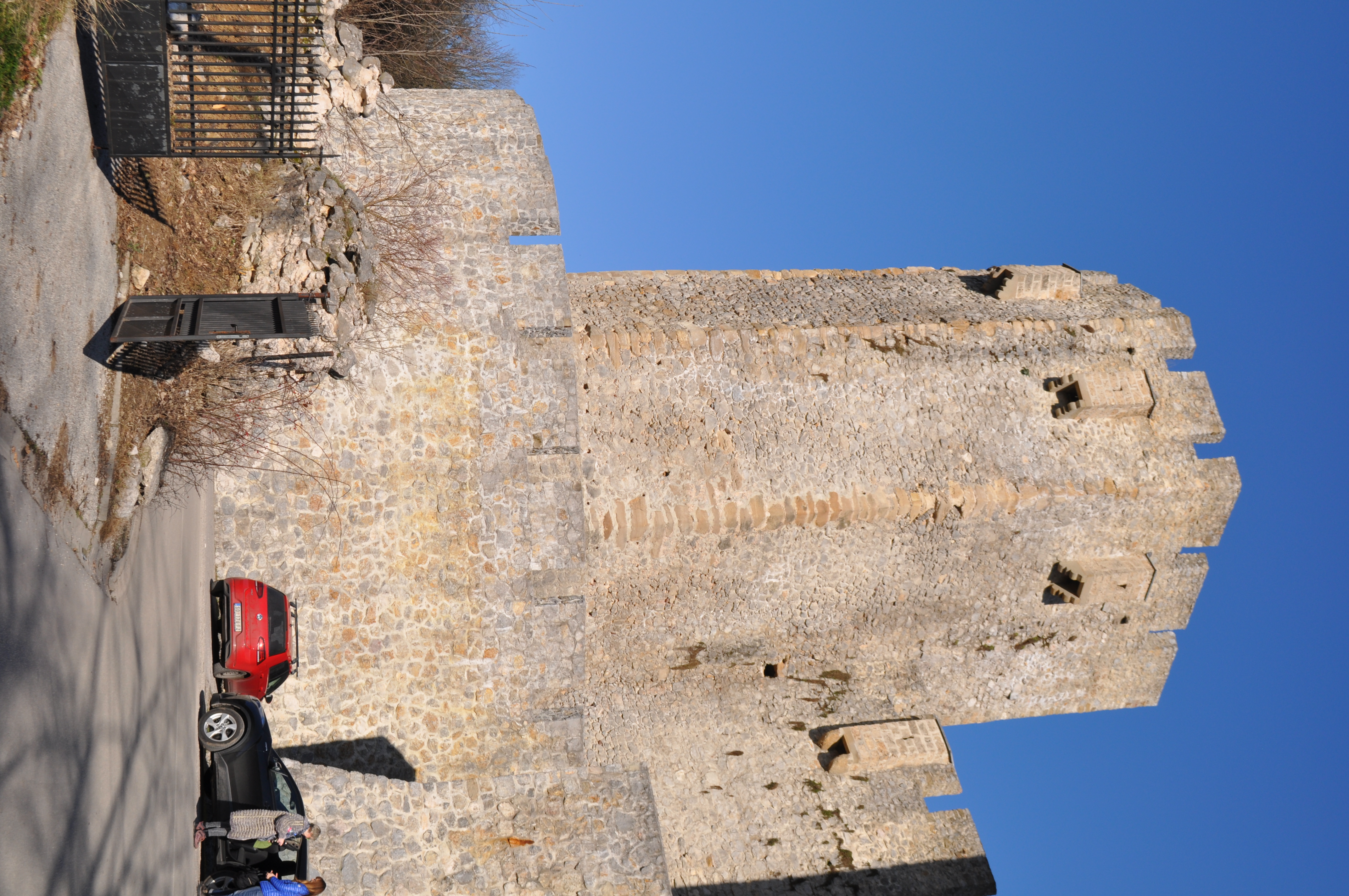





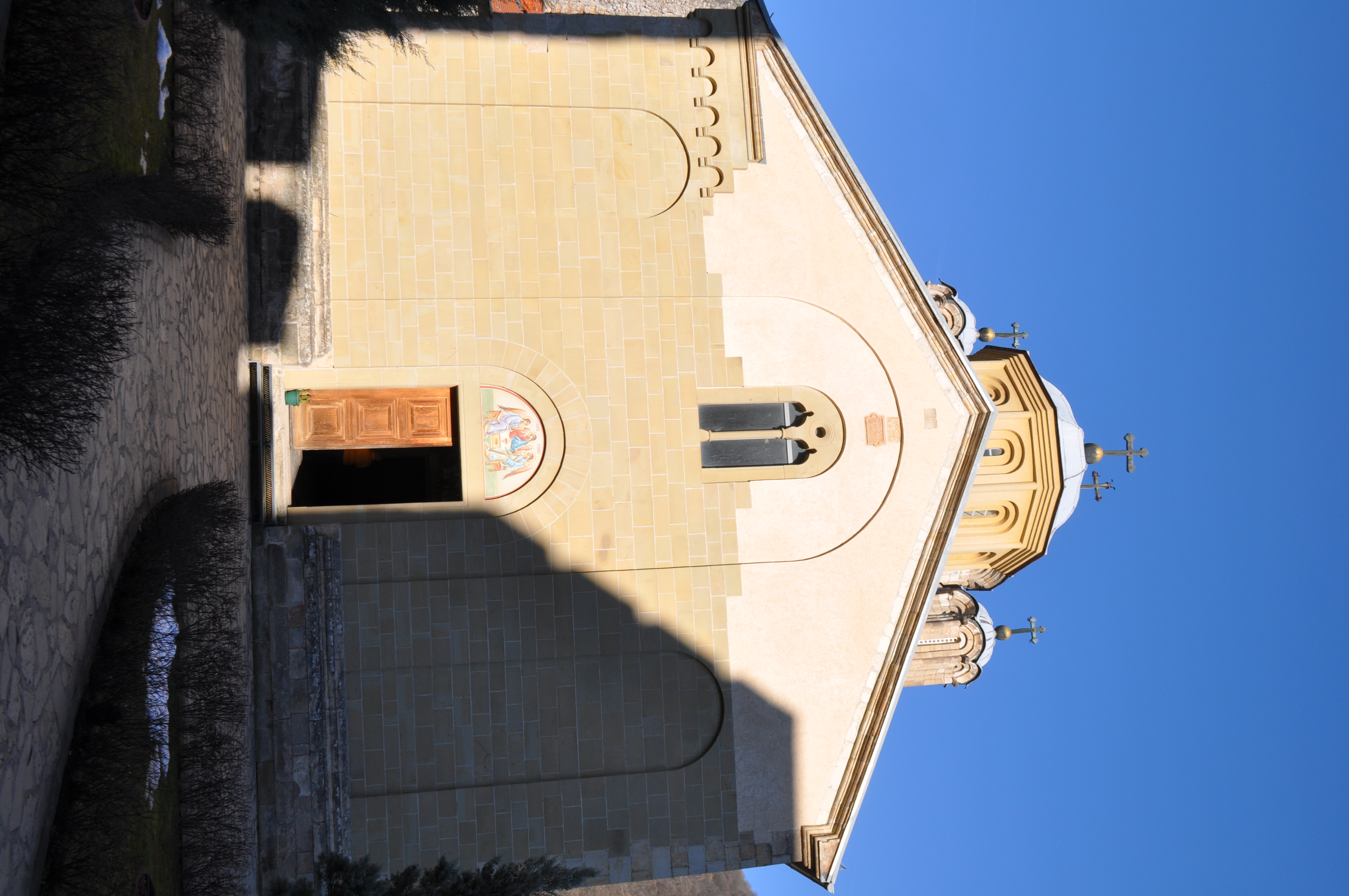

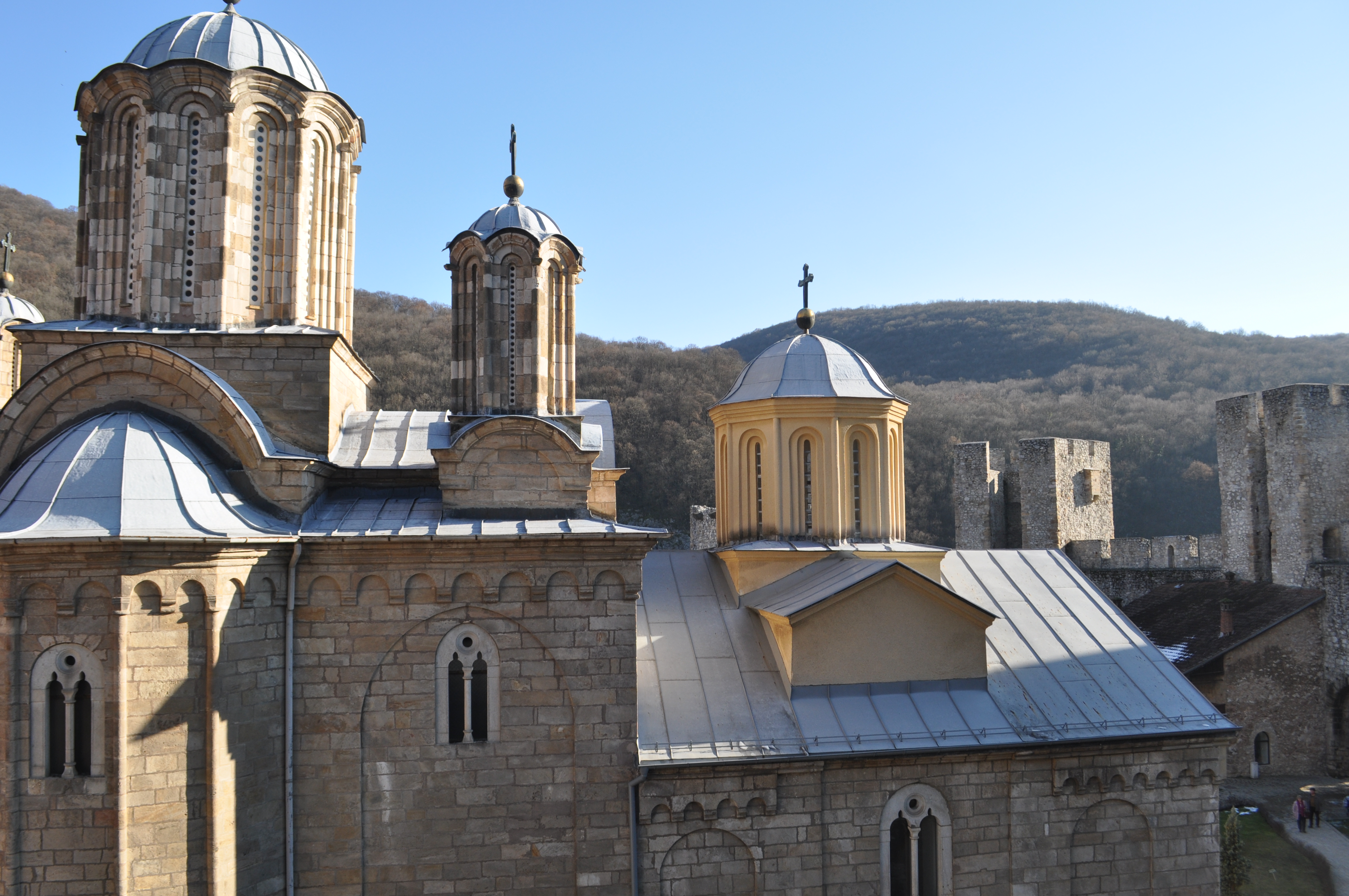

Congratulations, your post has been added to Pinmapple! 🎉🥳🍍
Did you know you have your own profile map?
And every post has their own map too!
Want to have your post on the map too?